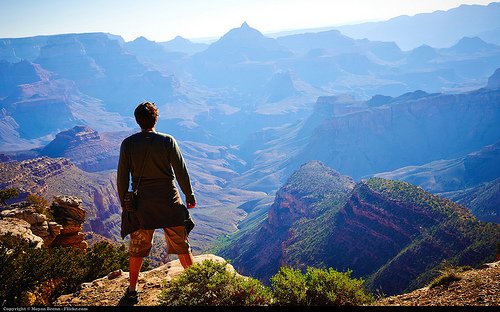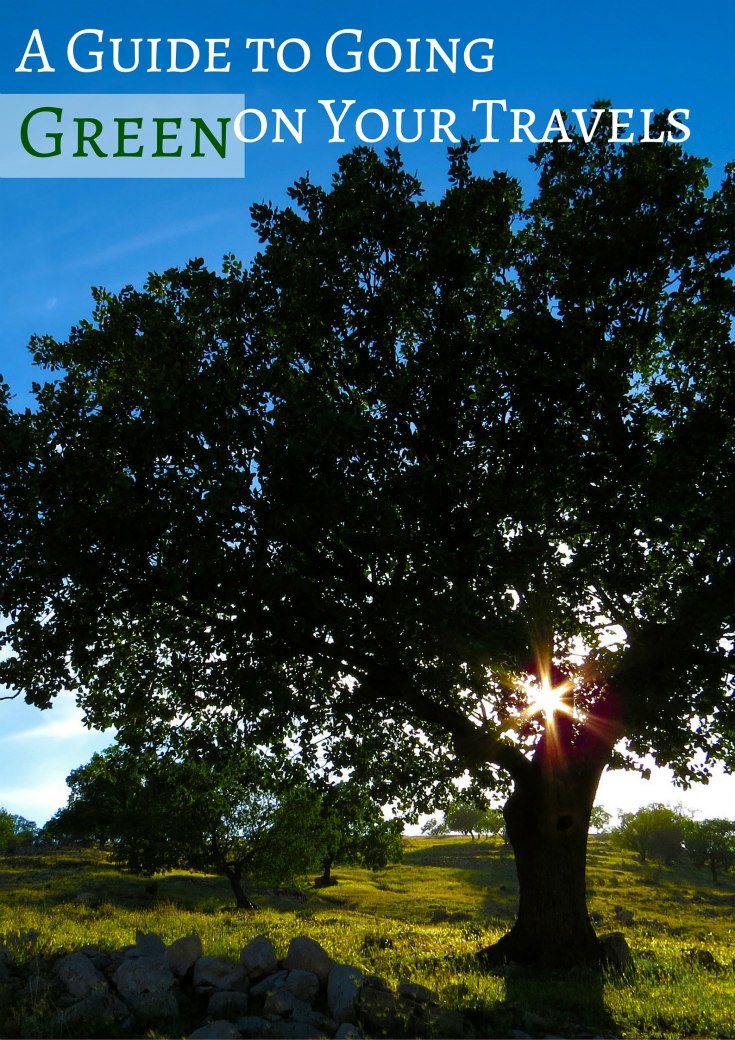Ah Gen Y, look at us go!
Brought up in a world of privilege – our parents (bless them) raised us to believe we can be whomever we want and do whatever we please thus kick-starting our never-ending pursuit of happiness. A jet-setting generation, we’re unappeased and simply uninterested in the dreary nine to five grind – we need more than that. We draw inspiration from YouTube videos that evoke emotion and dare us to dream. Really though, I dare you to watch this without feeling a tinge of inspiration!
This same generation also has a tendency to be very vocal about our opinions which sees us cry out the only way we know how – on Facebook and other social media channels. There’s been a big push lately (or push back) by individuals calling out big businesses and corporations for their abhorrent carbon footprints (and rightfully so) – claiming they don’t give a damn about us – the little people – or the world we live in. We scream and shout about the injustice of it all and how soon the earth will be destroyed by the unnecessary pollution being produced and vomited into the atmosphere with no one to be held accountable.
But the simple truth is that most of these same individuals are hypocrites. Often we don’t realise that we too are part of the problem; flying or driving all over the world, loading our suitcases with hair dyers/straighteners/curlers, making uninformed decisions about how we travel, what we eat and where it comes from, taking a backseat to the multitude of conservation efforts open to us – to name a few.
We forget or are simply too naïve to realize that there are things we can be doing right here on the ground (or in the air) to reduce our own carbon footprint. By committing to green travel and doing our part to make the world a better, greener place, we actually can make a difference, a small yet positive difference. With nearly 1 billion tourists hopscotching their way around the globe every year, the importance of minimizing our individual impact on the earth has never been more prevalent. And besides, what better way to reinforce and strengthen your argument than by living by your convictions?
There really are many simple (and cheap!) to find green travel opportunities and below is a guide to how you can make a positive impact on our environment the next time you’re globetrotting.
A Guide to Green Travel: Go Green or Go Home

Sleep Easy in a Green Hotel
One of the most important steps in your green travel planning is organizing where you’ll be staying. Searching for key things such as price, location, comfort etc. is mandatory of course, however, in the interest of going green, we should start looking at green accommodation.
Green Hotels are marketed as such, and there are an increasing number of websites that list environmentally friendly hotels, lodges, villas, B&B’s around the world.
Environmentallyfriendlyhotels.com are is a good site to help you find out which hotel has what. It’s important to remember though that each of these sites have their own rules and ratings, so it’s worth doing some thorough research to ensure they hotels meet your standards.
Here at Blue Osa, an eco-friendly resort, we pride ourselves on providing solar heated water, farm to tables meals from our organic garden, recycling for our waste and water, not to mention our ongoing promotion of eco-friendly local businesses. Find out more about Blue Osa’s environmental efforts here.
During Your Stay – It’s the Little Things
Once you’ve settled into your new digs, the fun has just begun. Here is a list of simple things you can do to make your stay more eco-friendly, whether you’re staying in a green hotel or not.
• Switch off – When leaving the room, be sure to turn off the lights, air-conditioning, TV, and other electronic devices
• Less is More – Keep the length of those showers to a minimum and be sure to turn off the water when brushing your teeth – better yet – double up and have a quick brush while you’re in there!
• Keep it Clean – Do you really need your towels and sheets changed everyday? Leave them hanging up neatly, or made up with a note to housekeeping, letting them know not to replace your towels is a step in the right direction.
• Be sure to Bin it – Get familiar with your hotel’s recycling system and program to ensure you throw the trash (compost, glass bottles, other recyclables) in their right location.
• Bring a Bottle – A reusable water bottle seems like a little thing but it’s another positive move. This reduces the bottles you buy and subsequently throw away – and also saves money too (and who doesn’t like to save money?!)
How To Find Green Travel
Up in the Air
Now this one is a little bit trickier. While many airlines claim to be making strong efforts to reduce their impact on the environment, it’s often a matter of circumstance or one’s perspective. For instance, Northwest Airlines recently announced they were removing spoons from their in-flight meals to reduce the planes weight, thus less air pollution, however – here’s the kicker – being one of the oldest fleets in the sky, their fuel emission and efficiency is terrible, hugely outweighing the offset of pollution their spoon-reduction-policy may provide. So it’s a hard to sympathise with their Green efforts, although something is better than nothing, right?
So while it isn’t always easy choosing an airline to go with, you can ask these few questions to help determine which airline you’ll choose due to their efforts to go green.
• Does the airline have a policy that outlines its goals and objectives for reducing their carbon footprint in the future?
• Is their carbon offsetting options for booking for all flights?
• Is the airline making conscious efforts to reduce municipal waste? Eg. Recycling food items, minimising print magazine runs etc.
Take for instance our airline of choice here at Blue Osa. How to get to and from San Jose to Puerto Jimenez? Nature Air! A green airline – Nature Air is the world’s only carbon neutral airline and of course our number one choice to visitors arriving here who are committed to green travel.
On the Ground
When you land at your destination, the next step is getting around. The go-to choice for transport is usually renting a car, as it’s convenient. However, in the interest of the environment, there are eco-friendly alternatives:
Public Transport – ditch the rent a car and try out public transport. This option isn’t always available (or safe!) but when possible, see the City in a more environmentally friendly way. Jump on a City’s light rail or tram system, hop on a bus, or if you have to, use a car-share program for getting around.
Use those legs – Heck if you’re really keen, get amongst nature and get walking or ride your bicycle. Some of the best adventures can be had on foot when you’re right there in the thick of it. Instead of driving down the bar or local shops, head on foot and get your sweat on while getting up close and personal with the sites and sounds of your environment.
Get Involved!
Opportunities to help and give back are often endless, you just have to seek them out. Whether that’s here in Costa Rica, where you can work with conservation programs for endangered leatherback turtles in the country, building an orphanage in Cambodia, or helping clean the Great Barrier Reef in Australia. You can do smaller scale projects too, simply by walking the beach and safely collecting rubbish washed up on the shore and continuing to practice and preach the aforementioned little things.
It doesn’t take a lot to make a change. By first starting with ourselves, we can push our energies outwards with vigour; go out into the world – like the passionate humanitarians that we are – and spread the word of the importance of going green. Not just green travel, but in all aspects of life, from the big corporations to the lonesome beach wanderer. We all live and breathe on this earth and hopefully will continue to do so for some time to come.
About the Author

Robbie Allison-Young is a drummer, writer and thrill seeker. It’s these passions that have seen him tour the world with his band, Atlantis Awaits, and more recently, trek to Costa Rica and volunteer as a writer at Blue Osa. His search is endless and destinations boundless.







